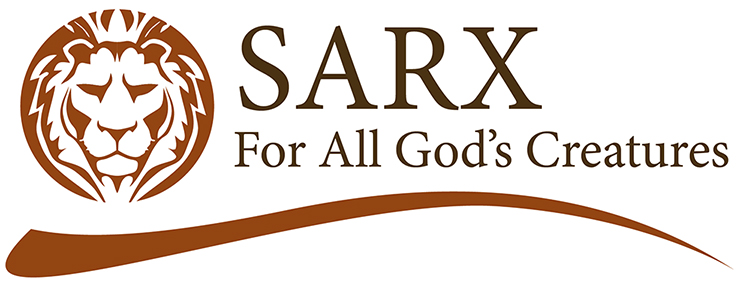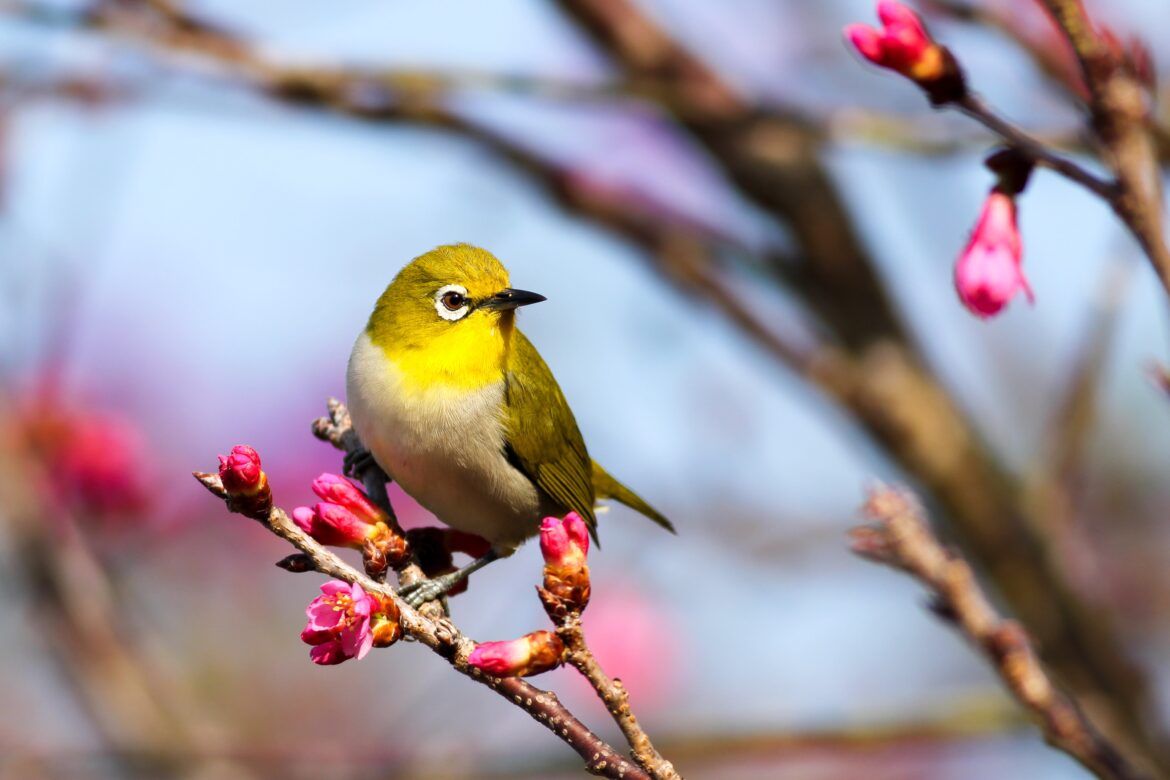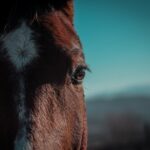The Revd Ian Tattum considers the tension and complexity between human-animal relationships and how Lent offers a timely opportunity to reconsider our perspectives on animals.
Two days before the Covid 19 Lockdown of last November, I was in London Zoo. I was there to say a temporary farewell to creatures I see as companions, many of whom I have known all their lives; I also wanted to make a donation towards their food, to help them thrive during the lean weeks to come. I begin this reflection with London Zoo because it is an ambiguous place of human and animal encounter, and one very important to me personally. Like Christina Rossetti before me I find encountering animals soothes my depression; having made the absolute decision never to invade their own native habitats, visiting and caring for them is a compromise with the unsettling side of the business of animal captivity.
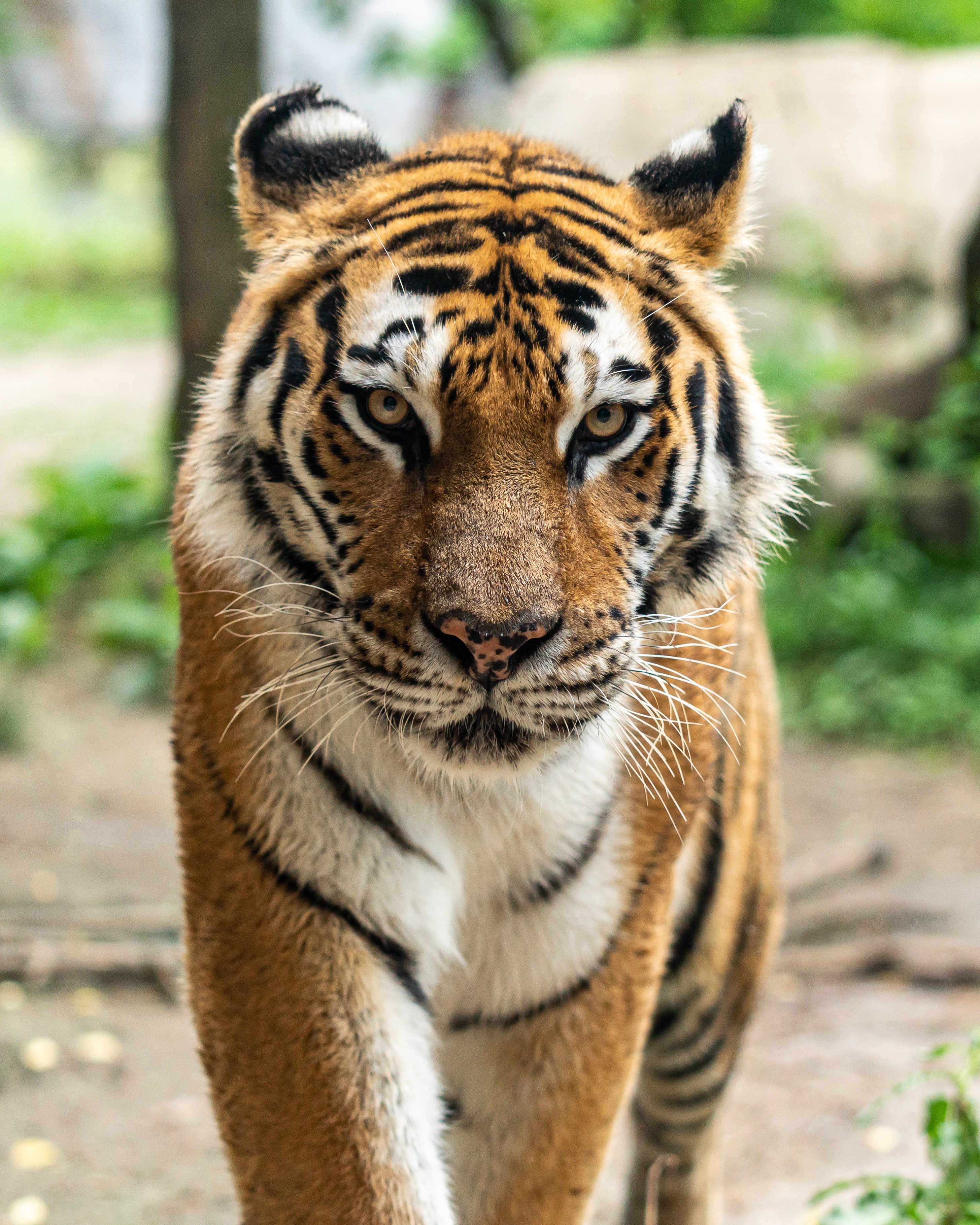 I first visited Regents Park Zoo when I was a young child. I recall being able to smell them and feel their breath. Their presence and otherness was palpable. I can imagine how William Blake’s visit to a menagerie decades before London Zoo opened led to his great poem Tyger. For Blake, the animal is a symbol on which to hang theological and metaphysical questions, not a living and feeling entity.
I first visited Regents Park Zoo when I was a young child. I recall being able to smell them and feel their breath. Their presence and otherness was palpable. I can imagine how William Blake’s visit to a menagerie decades before London Zoo opened led to his great poem Tyger. For Blake, the animal is a symbol on which to hang theological and metaphysical questions, not a living and feeling entity.
When London Zoo was envisaged by Sir Stamford Raffles in 1820’s, it was planned as a place for scientific research in contrast to the amusement of the masses that menageries had provided. In his mind it had a godly intent too but one very much shaped by the dominant scientific principles of the day; to add observational data to classification, which it was thought would further reveal the glory and wisdom of God.
As a result, the zoo became a laboratory of the living, and didn’t take much account of what today’s zoo custodians would call wellbeing and enrichment. Its denizens were still chiefly objects of curiosity, but now also objects of science. In any case, financial need quickly led to the admission of the paying public. Reading early accounts of the zoo’s history is like leafing through war reports. The damp and disease combining to carry off creature after creature not at all fitted for their new, completely unnatural environment. Charles Spooner, the zoo’s first ever medical attendant, is something of a hero for trying to bring healing to animals that he hardly understood with the aid of sketchy veterinary science.
Today the conservation side of the Zoological Society has a much higher profile – their work understanding and protecting Cheetahs in the wild being one example – but I can’t shake off the ambiguity. Neither do I think I should.
My experience of that ambiguity echoes that found in the poet Edwin Muir’s ‘An Autobiography.’ Writing of his childhood in Orkney on the family farm, he rejoices at the wonder, mystery and comfort the presence of livestock brings, but also notes the pervading sense of guilt because his family also relies on them for food!
How we relate to our fellow creatures is one of the most crucial matters we face today, embracing the morality of what we eat, and how we seek justice in a world where the needs of human and non human life interconnect so profoundly.
We have travelled a long way since the early days of London Zoo, which almost exactly coincided with the formation of the Society for the Prevention of Cruelty to Animals (1824). Then William Wilberforce and others began to apply the same principles of empathy and theological revision to non- human creatures as to enslaved people. I am convinced that our attitude to the rest of the animal kingdom constantly needs reframing, as more is discovered about the deep continuities, including embodiment, between our lives and those of other sentient beings.
Mary Midgley’s ground breaking work on human and other animal continuities undermined what we could call human exceptionalism, and Peter Godfrey- Smith’s Other Minds, has recently continued that process.
The fiction of BB, alias Denys Watkins Pitchford, which I first read as a child, has increasingly resonated with my sense of kinship with the rest of creation – he described wildlife as people. On the other hand, Adam Nicholson who has explored the distinctive behavioral and perspectival character of different seabirds – their umwelt – has reminded me that this kin is very strange.
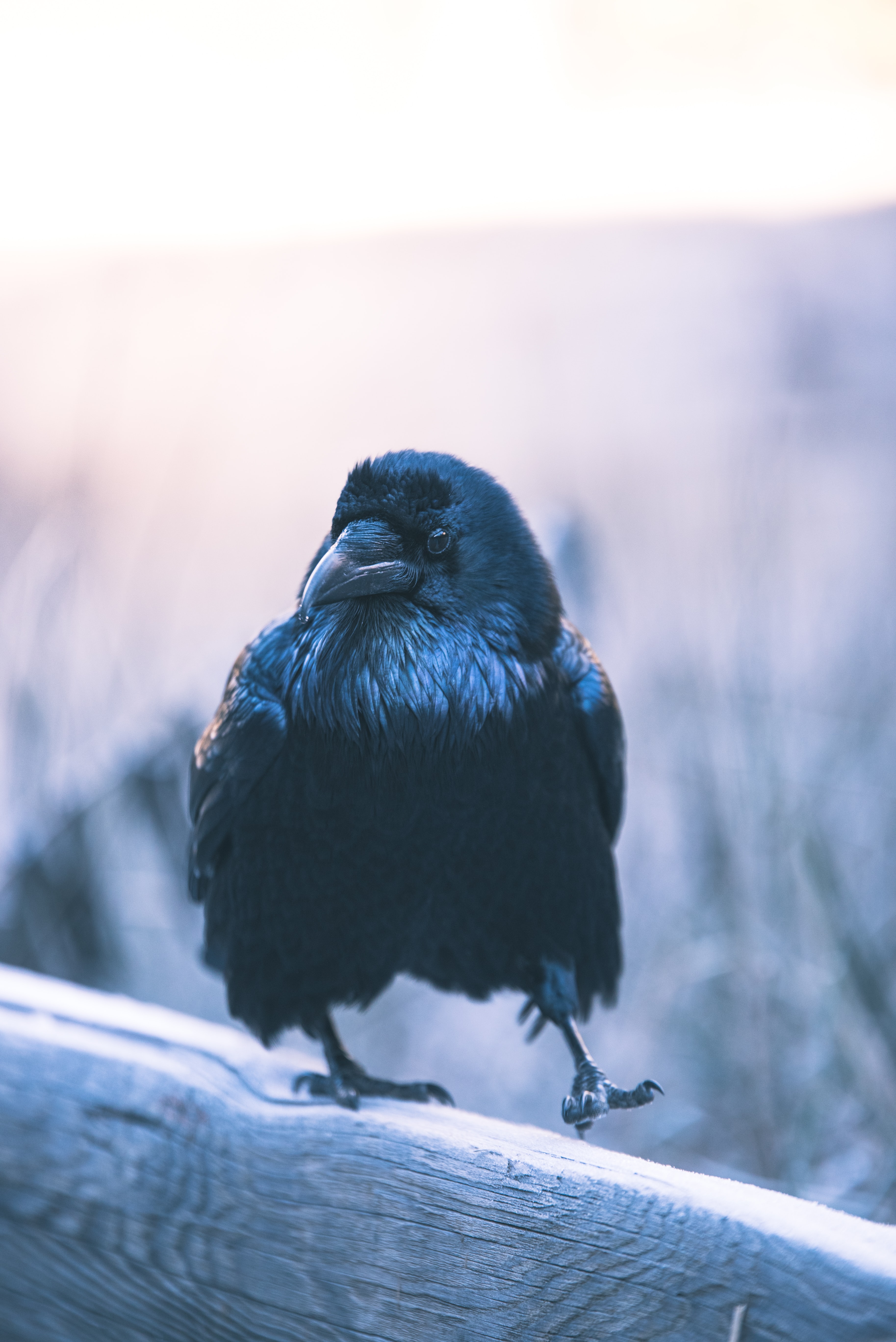 These are some of the influences on my own shift in seeing which has led to new ways of reading the Christian Tradition and the Bible. I am sure that the new Lent resources provided by Sarx will provide a timely source of material to help us all consider our complex relationship with other creatures.
These are some of the influences on my own shift in seeing which has led to new ways of reading the Christian Tradition and the Bible. I am sure that the new Lent resources provided by Sarx will provide a timely source of material to help us all consider our complex relationship with other creatures.
We might end having things revealed to us afresh, as in the book of Job where God invites him to look at the inscrutable lives of wild animals to remind himself of the limitations of his own understanding – as in physics, one of the modern lessons of zoology is that more clarity only reveals deeper mystery.
Or how about St Luke telling us that Jesus said ‘consider the ravens’, not just ‘consider the birds’? Over the last few years I have rejoiced at the return of ravens to parts of the country from where they had long been driven out by persecution. As I have observed them, I have come to admire their intelligence, playfulness and adaptability. They can eat almost anything and have few enemies, apart from humans. It would be difficult to find a better example of a being not worried by tomorrow, which might suggest Jesus had a much deeper appreciation of his avian sisters/brothers than most of the commentators that followed. Our Lord seems to have known what ornithologists have had to rediscover!
The Revd Ian Tattum is vicar of St Barnabas, Southfields.
